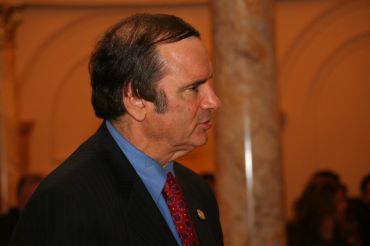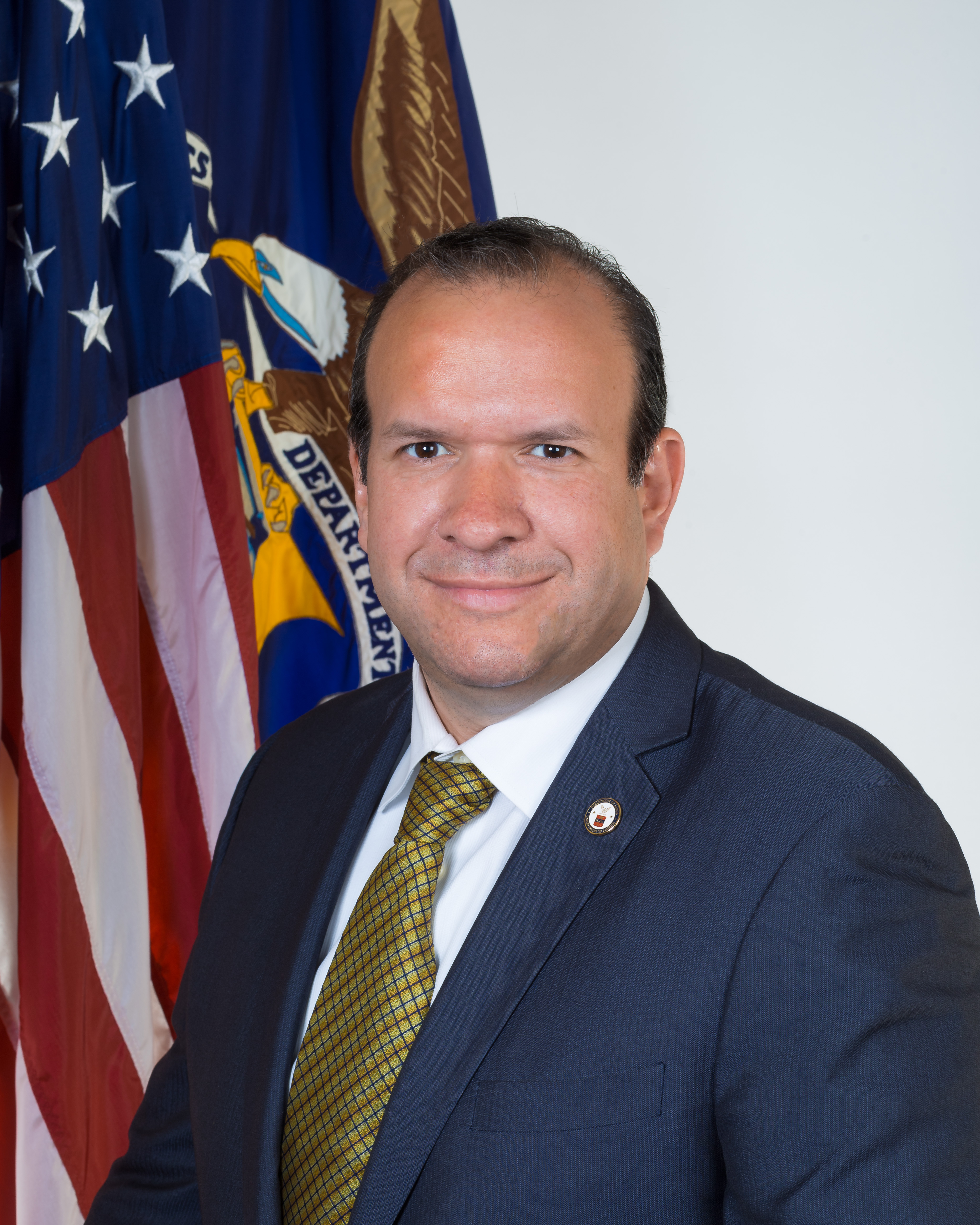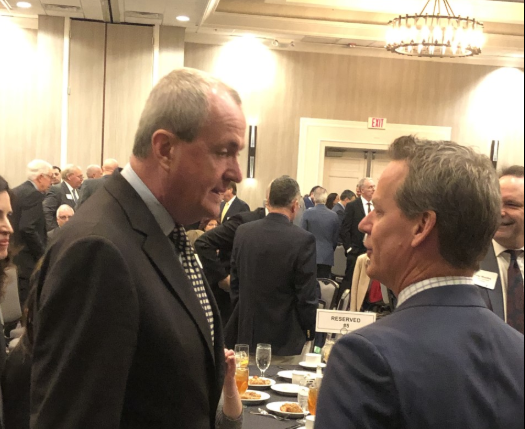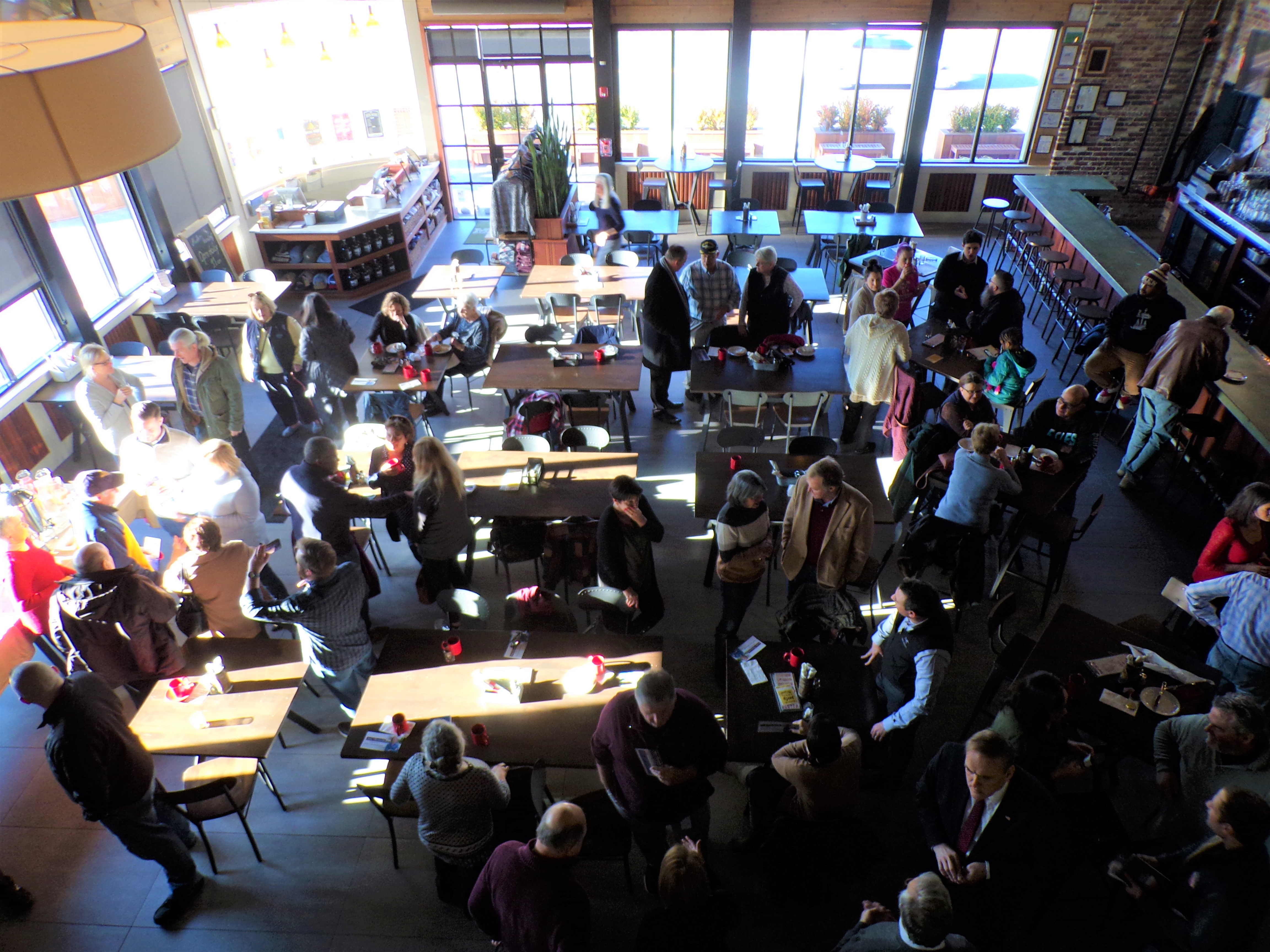Plainsboro Township is a township in Middlesex County in the U.S. state of New Jersey. As of the 2010 United States Census, the township’s population was 22,999, reflecting an increase of 2,784 (+13.8%) from the 20,215 counted in the 2000 Census, which had in turn increased by 6,002 (+42.2%) from the 14,213 counted in the 1990 Census.
Plainsboro was incorporated as a township on May 6, 1919, from lands north of Plainsboro Road and Dey Road that had been part of South Brunswick Township and lands south of Plainsboro Road and Dey Road that had been part of Cranbury Township. The main impetus towards the creation of the township was the lack of schools serving the area; a new school was constructed after the township was established, which still exists as J.V.B. Wicoff School, named for one of the individuals who led the effort to create Plainsboro.
The original residents of Plainsboro were the Unami people, a subtribe of the Lenape Native Americans. In the 17th century, the Dutch settled the area for its agricultural properties.
The oldest developed section of Plainsboro is at the intersection of Dey and Plainsboro Roads. It is thought that the road was named after a Dutch-built tavern that sat at the intersection, called “The Planes Tavern,” in the early 18th century or earlier. The building still stands and was featured on HGTV’s If These Walls Could Talk along with the historic Plainsboro Inn building (circa 1790) that was built adjacent to “Planes Tavern” at Plainsboro Road and Dey Road.
In 1897, the Walker-Gordon Dairy Farm opened up, which, among many other things, contributed Elsie the Cow, possibly the most famous cow ever, and The Walker Gordon Diner, which has since been closed. The site of the farm has been turned into a single-family home community named Walker-Gordon Farm, which consists of over 350 homes.
Plainsboro was officially founded on May 6, 1919, and was formed from sections of Cranbury and South Brunswick townships. Plainsboro Township was created in response to Cranbury and South Brunswick refusing to build a new fireproof and larger school in Plainsboro Village. Every year, the date is celebrated with a parade, festival, and a concert.
In 1971, Princeton University (which owned most of the town) and Lincoln Properties, Inc., together developed the area into what it is now, a large suburban town still holding on to its rural past.
As of the 2010 United States Census, there were 22,999 people, 9,402 households, and 5,885.652 families residing in the township. The population density was 1,951.6 per square mile (753.5/km2). There were 10,089 housing units at an average density of 856.1 per square mile (330.5/km2). The racial makeup of the township was 41.07% (9,445) White, 8.03% (1,847) Black or African American, 0.30% (69) Native American, 46.22% (10,630) Asian, 0.02% (4) Pacific Islander, 1.76% (404) from other races, and 2.61% (600) from two or more races. Hispanic or Latino of any race were 6.21% (1,429) of the population. As of the 2010 Census, 29.6% of the township’s population self-identified as being Indian American, making them the largest minority group in the township.
Source: Wikipedia











